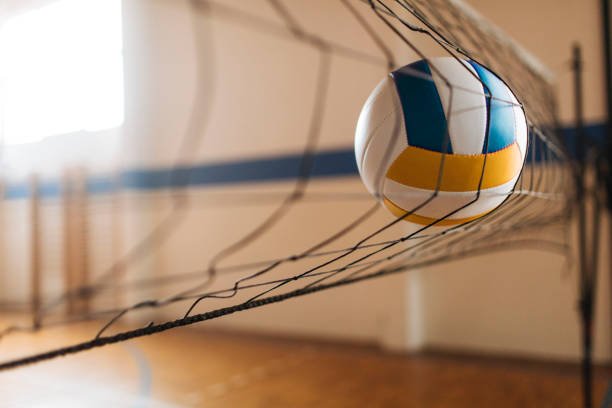
The pursuit of longevity is as old as humanity itself. In recent years, the focus has shifted to lifestyle choices as a means to not only extend life but also to improve its quality. Among these, sport and physical activities have emerged as powerful tools. But how effective are these methods, and what are the best practices to integrate them into daily life? This article explores the intersection of sports, lifestyle, and longevity, offering practical insights for those aiming to add more healthy years to their lives.
Unveiling longevity hacks: Sports and beyond
The concept of “Longevity Hacks” encompasses a range of strategies aimed at enhancing both the length and quality of life. Integral to these hacks is the role of sports and regular physical activity, which have been scientifically validated as key contributors to increased longevity. Engaging in sports is not just about staying active; it’s about strategically utilizing physical activity to counteract the factors that lead to premature aging and chronic diseases.
Regular involvement in sports activities goes beyond mere exercise. It serves as a holistic approach to health, targeting multiple aspects of well-being. For instance, cardiovascular exercises such as running, swimming, or cycling are known for improving heart health. They actively reduce the risk of hypertension, stroke, and heart attacks by strengthening the heart muscle, improving blood circulation, and lowering bad cholesterol levels.
In addition to cardiovascular benefits, sports activities significantly enhance muscular strength and endurance. Engaging in weight training or resistance-based sports helps in preserving muscle mass and bone density, which naturally decline with age. Moreover, sports also offer substantial mental health benefits. Regular physical activity has been shown to reduce symptoms of depression and anxiety. It boosts mood through the release of endorphins, often referred to as ‘feel-good’ hormones. Activities like team sports, which combine physical exertion with social interaction, can also foster a sense of community and belonging, further enhancing mental well-being.
The importance of rest and recovery
When discussing longevity and maintaining a healthy lifestyle, the significance of rest and recovery is often overshadowed by the emphasis on continuous activity. However, they are equally vital components in the longevity equation. Adequate rest and recovery are not luxuries; they are essential for the body’s long-term health and well-being.
Overtraining, characterized by excessive exercise without sufficient rest, can have detrimental effects. It often leads to injuries due to muscle fatigue and weakened immune responses, increasing susceptibility to illnesses. Overtraining also raises the risk of burnout, where an individual may experience a significant drop in performance and motivation. This physical and mental exhaustion undermines the benefits that regular exercise is supposed to provide.
Quality sleep is a cornerstone of effective recovery. During sleep, the body undergoes numerous restorative processes – muscles repair, hormones that facilitate growth and recovery are released, and cognitive functions are rejuvenated. Sleep deprivation, on the other hand, can lead to impaired cognitive abilities, decreased physical performance, and a slower recovery rate. Adults typically need 7-9 hours of sleep per night for optimal functioning and recovery.
Rest days are equally important. They should be integrated into any fitness regimen to allow the body to recover. Rest days do not necessarily mean complete inactivity. They can involve light exercises, like walking or yoga, which help in active recovery — promoting circulation while avoiding intense muscular strain.



